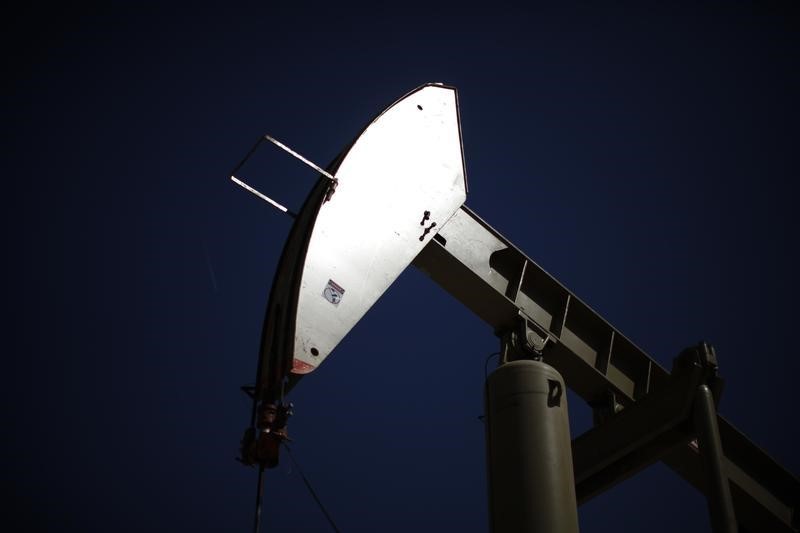Dollar edges higher ahead of Fed minutes; sterling gains after CPI increase
* Brent hits new 2016 low, giving up earlier gain
* Saudi crude exports to rise above 10 million bpd
* U.S. crude inventories seen rising for eighth week -poll
* Coming Up: API's weekly inventory data at 2030 GMT
(Updates with API figures, new quotes, details of physical
market)
By Laura Sanicola
NEW YORK, March 17 (Reuters) - Crude oil prices settled
below $30 a barrel on Tuesday as the coronavirus pandemic slowed
economic growth and oil demand while Saudi Arabia and Russia
kept up their battle for market share.
Countries including the United States and Canada, along with
nations in Europe and Asia, are taking unprecedented steps to
contain the virus, which has killed 7,500 people.
Numerous governments have told residents to restrict their
movements while businesses shutter, curbing demand for fuels.
Brent crude LCOc1 futures fell $1.32 to settle at $28.73,
the first time that benchmark has settled below $30 per barrel
since 2016. West Texas Intermediate (WTI) crude CLc1 futures
fell $1.75, or 6.1%, to settle at $26.95 a barrel. The declines
occurred even as equity markets rebounded from Monday's losses,
in anticipation of fiscal stimulus.
Amid the fall in demand because of the pandemic, Saudi
Arabia and Russia remain embroiled in a price war that erupted
after the two top producers failed to agree to extend supply
curbs to support the market.
"You're getting new demand destruction news coming at you
every hour," said John Kilduff, a partner at Again Capital
Management in New York.
Analysts said the futures market was affected by the slump
in physical markets, which suggest difficulty in moving exports
due to cheap Saudi oil flooding the globe. WTI crude at East
Houston, a key price of oil delivered to Houston for exports,
fell below the futures price for the first time on record.
"I think the futures market sees the physical market for oil
falling to pieces," said Scott Shelton, energy specialist at
United ICAP.
The Saudi energy ministry said on Tuesday that the kingdom's
crude exports are set to rise in coming months to more than 10
million barrels per day, as it plans to use more gas for power
rather than burning crude. Brent's premium over WTI WTCLc1-LCOc1 has narrowed sharply
to 67 cents a barrel, reaching levels not seen since November
2016.
Brent, the international benchmark, reacts more to supply
from non-U.S. producers, so the anticipated increase in output
from Saudi Arabia and Russia has hit that benchmark harder than
WTI.
When that premium - also known as the arbitrage - narrows,
U.S. exports become less attractive because of the cost of
shipping them.
The United States has said it will take advantage of low oil
prices to fill its Strategic Petroleum Reserve (SPR). Other
countries and companies are planning similar measures to fill
storage tanks.
Rates to store oil at the world's main trading hubs from
Japan to South Africa and the United States are surging as
millions of unconsumed barrels of oil hit the market daily.
The American Petroleum Institute, an industry group, showed
a modest decline in crude inventories, which fell 421,000
barrels in the week ended March 13. However, it said gasoline
and distillate inventories were down sharply. The U.S. Energy
Department releases official government figures on
Wednesday. EIA/S API/S
